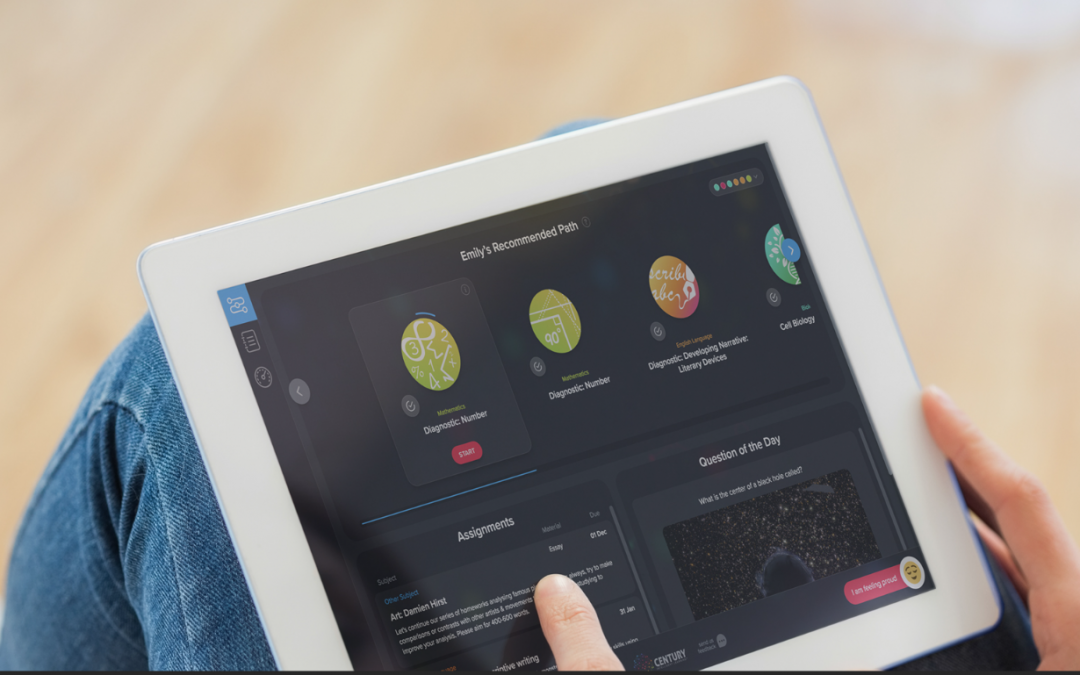Advantages of AI in Education:
Yes! Is the short answer to this question. But AI of itself cannot directly make you cleverer yet! AI helps our students because it measures in fine detail our students responses and results. Century Tech uses real, cutting-edge AI and machine learning to improve learning outcomes, expand teacher capability, and elevate the educational experience as a whole. This creates some spare capacity for the tutor too. We use this to further improve our in-person offering to our students.
But don’t take our word for it. This is what Microsoft Co-Pilot had to say on the question
- Personalised Learning:
- AI can adapt to individual student needs, providing customised learning experiences. It tailors content, pace, and difficulty levels based on student performance and preferences.
- Students receive targeted support, enhancing their understanding and retention.
- Automated Grading and Feedback:
- AI tools can assess assignments, quizzes, and exams quickly and objectively.
- Teachers save time on grading, allowing them to focus on teaching and mentoring.
- Enhanced Engagement:
- Interactive AI applications, such as chatbots or virtual tutors, engage students in real-time conversations.
- Gamified learning experiences powered by AI make education more enjoyable.
- Data-Driven Insights:
- AI analyses student data to identify learning gaps, strengths, and areas for improvement.
- Educators can make informed decisions to optimise teaching strategies.
- 24/7 Availability:
- AI-powered platforms are accessible anytime, enabling continuous learning beyond classroom hours.
- Students can revisit content, practice, and seek help whenever needed.
Disadvantages of AI in Education:
- Bias:
- AI systems learn from historical data, which may contain biases.
- If an AI tool is trained on biased information, it can perpetuate stereotypes and social inequalities.
- Errors and Misinformation:
- AI-generated content may contain errors or outdated information.
- Students and teachers should verify information provided by AI.
- Cheating:
- Students can misuse AI tools to write essays, answer questions, or complete assignments.
- Detecting AI-generated work can be challenging but is essential to maintain academic integrity.
- Reduced Human Interaction:
- Overreliance on AI may hinder critical thinking and collaboration skills.
- Face-to-face interactions with teachers and peers are crucial for holistic development.
- Ethical Considerations:
- Privacy concerns arise when AI collects and analyses student data.
- Transparency and ethical guidelines are necessary to protect student rights.
In conclusion, balancing the advantages of AI in education with its potential drawbacks requires thoughtful planning, ongoing evaluation, and a commitment to ethical practices. There is definitely the potential to offer children a more tailored, more immersive and an ultimately bespoke educational experience. However, for the majority of children, I think it is safe to say that best and most effective conduit for learning will be, at least for now, your trusty tutor.
